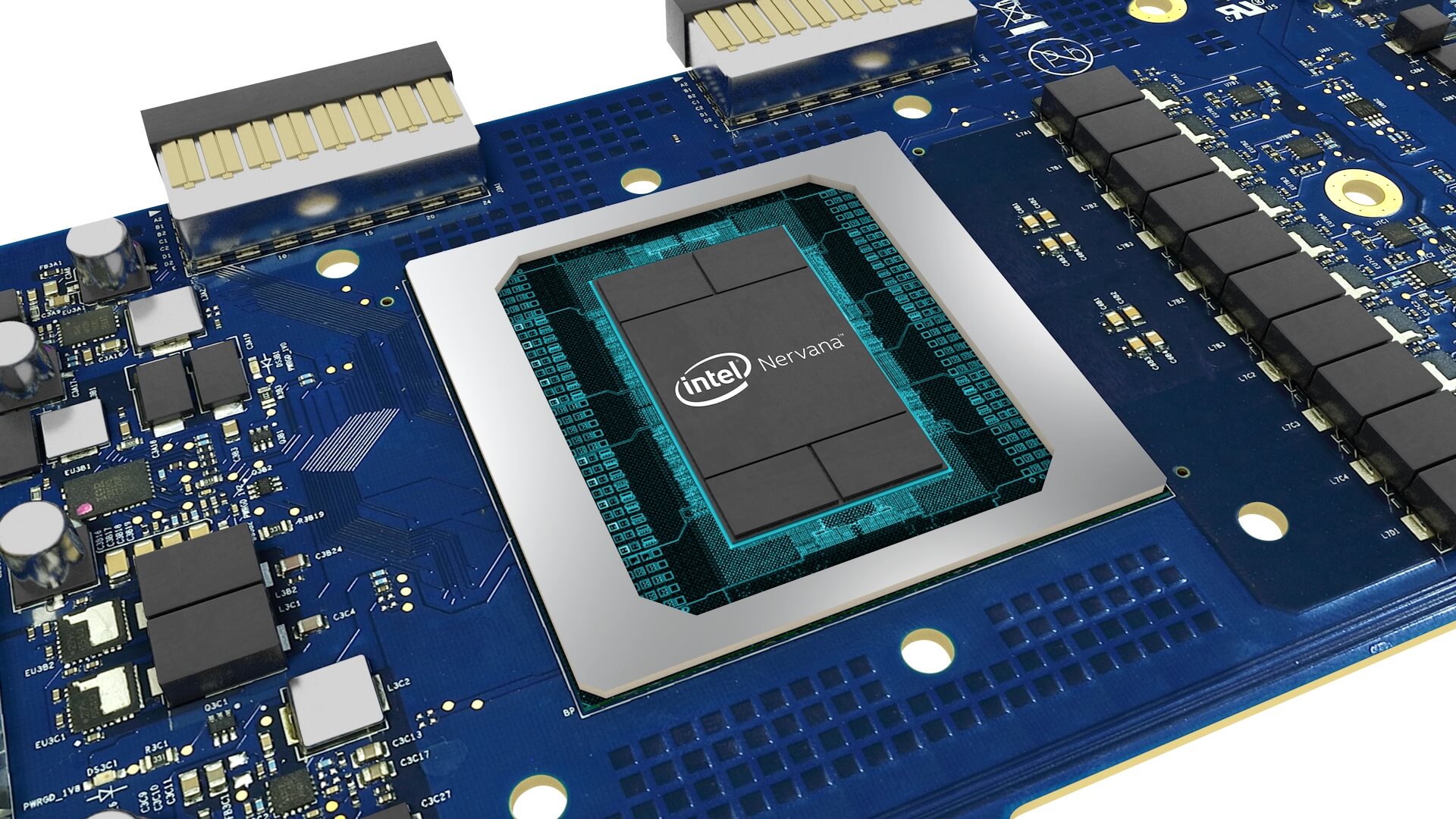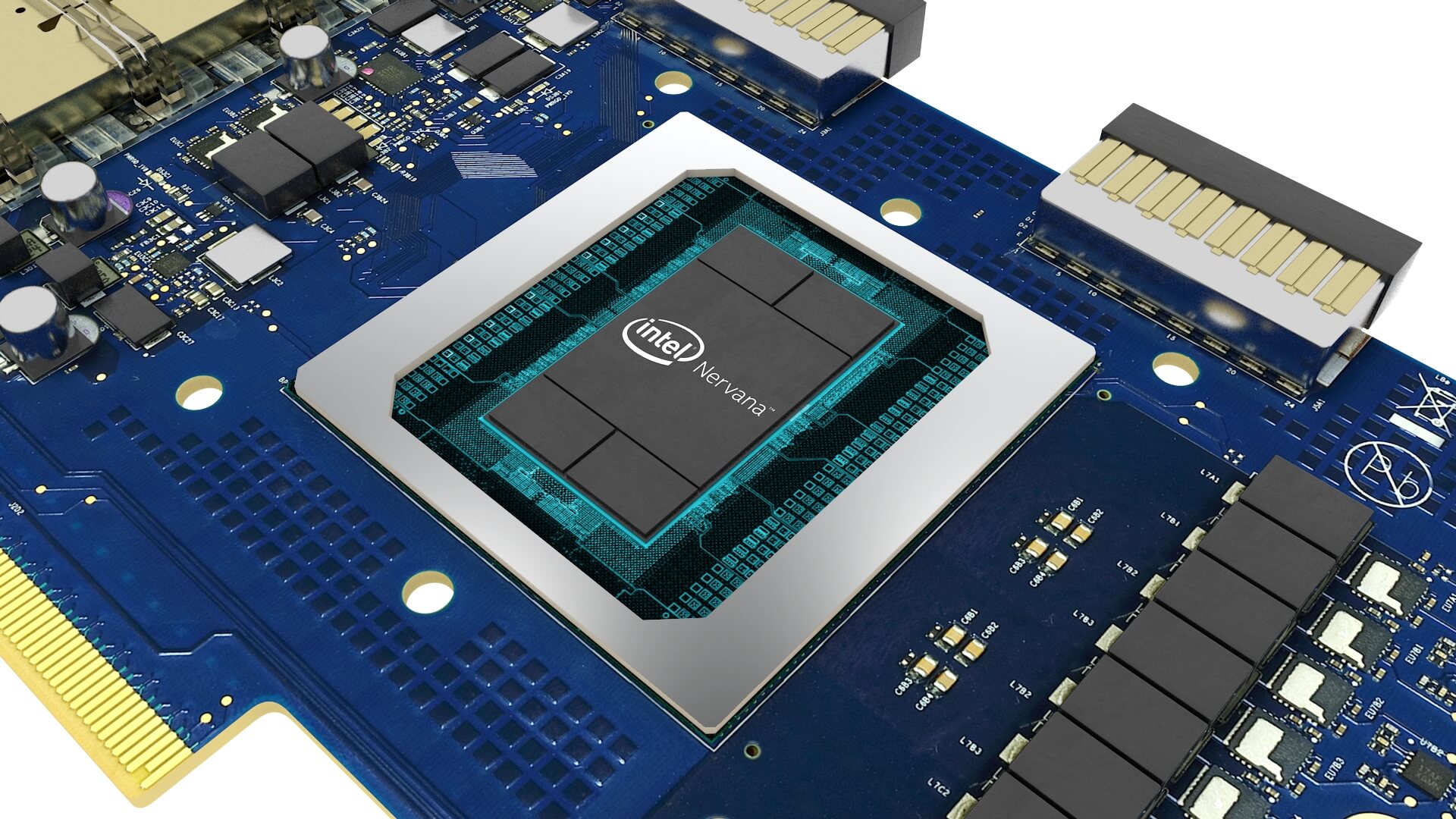
With market projections showing that artificial and cognitive intelligence technologies could become a $46 billion industry by 2020, Intel remains devoted to AI. Planning to ship the Intel Nervana Neural Network Processor (NNP) before year's end, the next generation of machine learning may not be all that far away.
Intel, which has several generations of Nervana in the pipeline, has set an ambitious goal to reach 100 times greater AI compute abilities before 2020 but may even exceed that goal if Nervana is a large success. The chipmaker has identified four different application areas - health care, social media, automotive and meteorology - where neural network processing could prove to be highly beneficial.
With Nervana, Intel may be able to create new artificial intelligence software that has previously been impractical due to slower processing capabilities.
Unlike traditional processors, Nervana places greater emphasis on matrix multiplication and convolution operations, both of which are frequently used in deep learning applications. There is no regular hierarchy of caches, leaving on-chip memory to be controlled directly by software.

In order to offer higher computer performance, Intel decided to create a new format for storing numeric values. Most programmers are familiar with fixed-point and floating point data types but Intel decided a new definition was needed. Flexpoint format allows for addition and multiplication operations to be performed as if they were fixed-point while still offering a high dynamic range through the use of a shared exponent.
With mass amounts of processing required for neural network training and deep learning applications, high-speed interconnects allow for transfer of data between chips over a network. A group of Nervana NNPs (neural network processors) can be assigned to work on one workload as if they were a single, large processing unit, allowing for more complex models to be simulated.
Even though manufacturing technologies are ever nearing physical limitations of existing materials, the future of data processing does not have a well-defined pathway going forward (nor does Intel). That's why it is actively pursuing neuromorphic and quantum computing in addition to neural network processing.
https://www.techspot.com/news/71453-intel-nervana-neural-network-processor-accelerate-ai.html